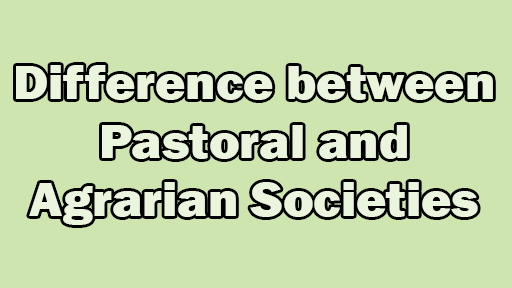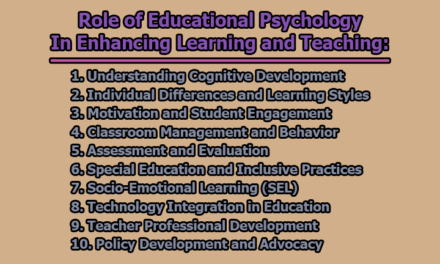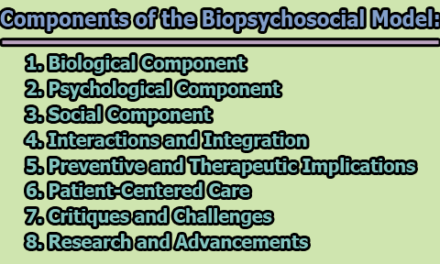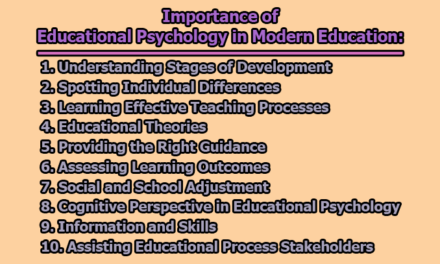Difference between Pastoral and Agrarian Societies:
Human societies have evolved over millennia, adapting to their environments and shaping their ways of life based on the resources available to them. Two prominent types of societies that have emerged throughout history are pastoral and agrarian societies. These distinct modes of living are characterized by their reliance on different economic activities and have played crucial roles in shaping the course of human civilization. Here is the key difference between pastoral and agrarian societies.
| Aspect | Pastoral Societies | Agrarian Societies |
| Economic Focus | Primarily dependent on livestock raising and herding. Livestock such as cattle, sheep, and goats are the primary source of livelihood. | Centered around agriculture and crop cultivation. Primary crops include grains, fruits, and vegetables, serving as the main economic activity. |
| Lifestyle | Nomadic or semi-nomadic, moving with herds to find suitable grazing land. Adaptability to different environments is a key characteristic. | Predominantly settled in one location to cultivate crops. The sedentary lifestyle allows for the development of permanent settlements and infrastructure. |
| Social Structure | Hierarchical structure often based on the ownership of animals. Leadership roles are determined by successful herd management, emphasizing kinship ties. | Hierarchy often tied to land ownership. Those who control arable land hold significant power, leading to more complex social structures. |
| Division of Labor | Roles within pastoral societies often revolve around herding and care of animals, with shared responsibilities among the community. | Specialization of labor occurs in agrarian societies, leading to the emergence of diverse professions such as farmers, artisans, merchants, and administrators. |
| Technology | Reliance on traditional tools for animal husbandry, such as herding sticks and simple enclosures. Technological advancements are limited. | Development of advanced farming tools and techniques, including plows, irrigation systems, and crop rotation. Technological innovation is more prominent. |
| Resource Mobility | Constant movement due to the need for fresh grazing land. Adaptation to different climates and environments is a key survival strategy. | Fixed agricultural land requires less mobility. Farmers cultivate the same plot of land, focusing on sustainable practices and soil fertility. |
| Economic Cycles | Economic activities are tied to breeding seasons and climate patterns, influencing the timing of migrations and herd management. | Economic activities follow annual planting and harvesting seasons, with crop cycles dictating the agricultural calendar. |
| Market Involvement | Trade and barter commonly involve livestock and animal products. Livestock are often used as a form of currency in exchange for goods and services. | Development of markets for buying and selling crops. Agricultural surpluses can be traded, leading to the emergence of a market economy. |
| Cultural Impact | Nomadic traditions are shaped by the adaptability required for constant movement. Cultural practices often revolve around the care and use of livestock. | Concentration of populations leads to urbanization, influencing cultural practices, the arts, and the development of institutions and governance structures. |
| Environmental Impact | The nomadic lifestyle minimizes environmental impact, allowing ecosystems to recover between migrations. | Agriculture can lead to environmental changes, including deforestation, soil degradation, and the alteration of natural landscapes due to permanent settlements and extensive cultivation. |
In conclusion, pastoral and agrarian societies represent two distinctive paths of human development, each with its own set of economic, social, and cultural characteristics. While pastoral societies excel in adaptability and mobility, agrarian societies demonstrate the potential for complex structures and technological advancements. Understanding the differences between these societal models is essential for comprehending the diverse historical trajectories that have shaped the human experience. The ongoing interplay between these modes continues to influence contemporary societies, providing valuable insights into the dynamics of human civilization.

Former Student at Rajshahi University










